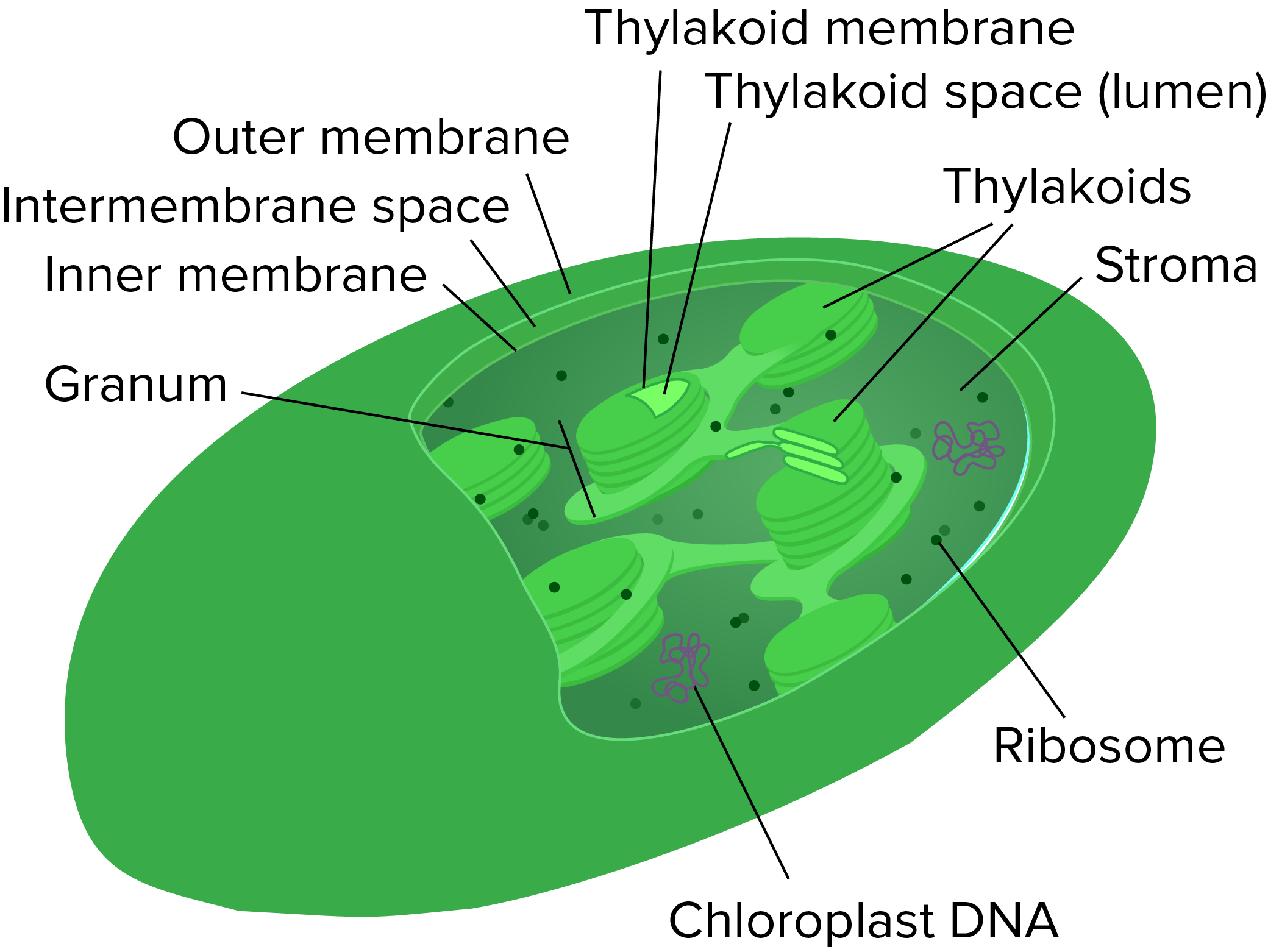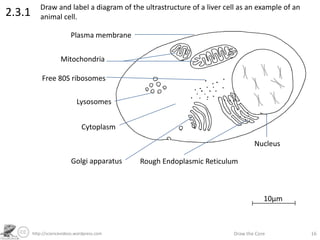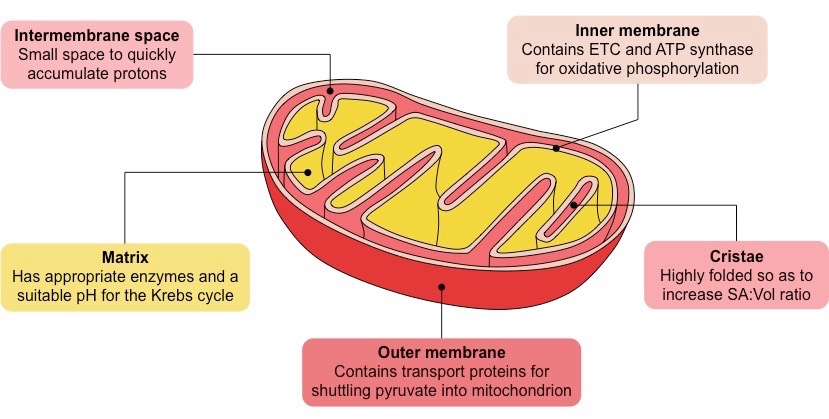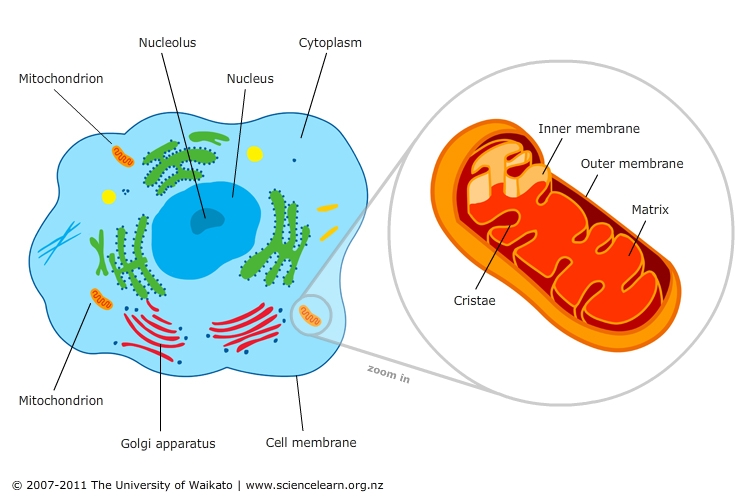42 draw and label mitochondria
MPI-MP CHLOROBOX - OGDRAW - Max Planck Society OGDRAW - Draw Organelle Genome Maps. ... The application is optimized to create detailed high-quality maps of organellar genomes (plastid and mitochondria). Nevertheless, you can upload most database entries. ... Label intron-containing genes with * … Types of Proteins - University of Utah Funding provided by grant 51006109 from the Howard Hughes Medical Institute, Precollege Science Education Initiative for Biomedical Research.
Extra Questions for Class 9 Science Chapter 5 The Fundamental Unit … Answer: Mitochondria is known as powerhouse of the cell because they store energy in the form of ATP. [Adenosine Triphosphate] 24: What are genes? Answer: Gene is a segment of DNA. They are located on chromosomes in linear fashions. One gene may perform one or more function. Genes are carrier of genetic codes. 25. Draw various cells of human ...

Draw and label mitochondria
Learn About the 3 Main Stages of Cellular Respiration - ThoughtCo 06-05-2019 · We all need energy to function, and we get that energy from the foods we eat. Extracting those nutrients necessary to keep us going and then converting them into useable energy is the job of our cells.This complex yet efficient metabolic process, called cellular respiration, converts the energy derived from sugars, carbohydrates, fats, and proteins into … Introduction to the Cyanobacteria - University of California … Introduction to the Cyanobacteria. Architects of earth's atmosphere. Cyanobacteria are aquatic and photosynthetic, that is, they live in the water, and can manufacture their own food.Because they are bacteria, they are quite small and usually unicellular, though they often grow in colonies large enough to see. Cell Size and Scale - University of Utah Smaller cells are easily visible under a light microscope. It's even possible to make out structures within the cell, such as the nucleus, mitochondria and chloroplasts. Light microscopes use a system of lenses to magnify an image. The power of a light microscope is limited by the wavelength of visible light, which is about 500 nm.
Draw and label mitochondria. Plant cells - Cell structure - AQA - BBC Bitesize Plant cells. This basic structure of a plant cell is shown below – the same plant cell, as viewed with the light microscope, and with the transmission electron microscope. Cell City Worksheet Answer Key - Johns Hopkins University The mitochondria supply the energy for the cell by transforming sugars into ... draw out your city! Biology Analogy 5 a. Make sure to label all 10 of the parts you identified in the Cell City, as well as which cell organelle they resemble. Go to Cells alive! … Best Energy Pills. Top Rated Energy Supplements of 2022 - San Diego Health It can help your mitochondria by working with CoQ10 to stimulate biogenesis. It can also help fight mitochondrial oxidative stress, which can help protect your energy producers. Together this all helps to juice up yoru mitochondria for much more effective energy production. Working with CoQ10 it wouldn’t need a high dose. Cell Membrane Function and Structure - ThoughtCo 07-10-2019 · Mitochondria and chloroplasts are bound by a double membrane. The membranes of the different organelles vary in molecular composition and are well suited for the functions they perform. Organelle membranes are important to several vital cell functions including protein synthesis , lipid production, and cellular respiration .
Cell Size and Scale - University of Utah Smaller cells are easily visible under a light microscope. It's even possible to make out structures within the cell, such as the nucleus, mitochondria and chloroplasts. Light microscopes use a system of lenses to magnify an image. The power of a light microscope is limited by the wavelength of visible light, which is about 500 nm. Introduction to the Cyanobacteria - University of California … Introduction to the Cyanobacteria. Architects of earth's atmosphere. Cyanobacteria are aquatic and photosynthetic, that is, they live in the water, and can manufacture their own food.Because they are bacteria, they are quite small and usually unicellular, though they often grow in colonies large enough to see. Learn About the 3 Main Stages of Cellular Respiration - ThoughtCo 06-05-2019 · We all need energy to function, and we get that energy from the foods we eat. Extracting those nutrients necessary to keep us going and then converting them into useable energy is the job of our cells.This complex yet efficient metabolic process, called cellular respiration, converts the energy derived from sugars, carbohydrates, fats, and proteins into …




































Post a Comment for "42 draw and label mitochondria"